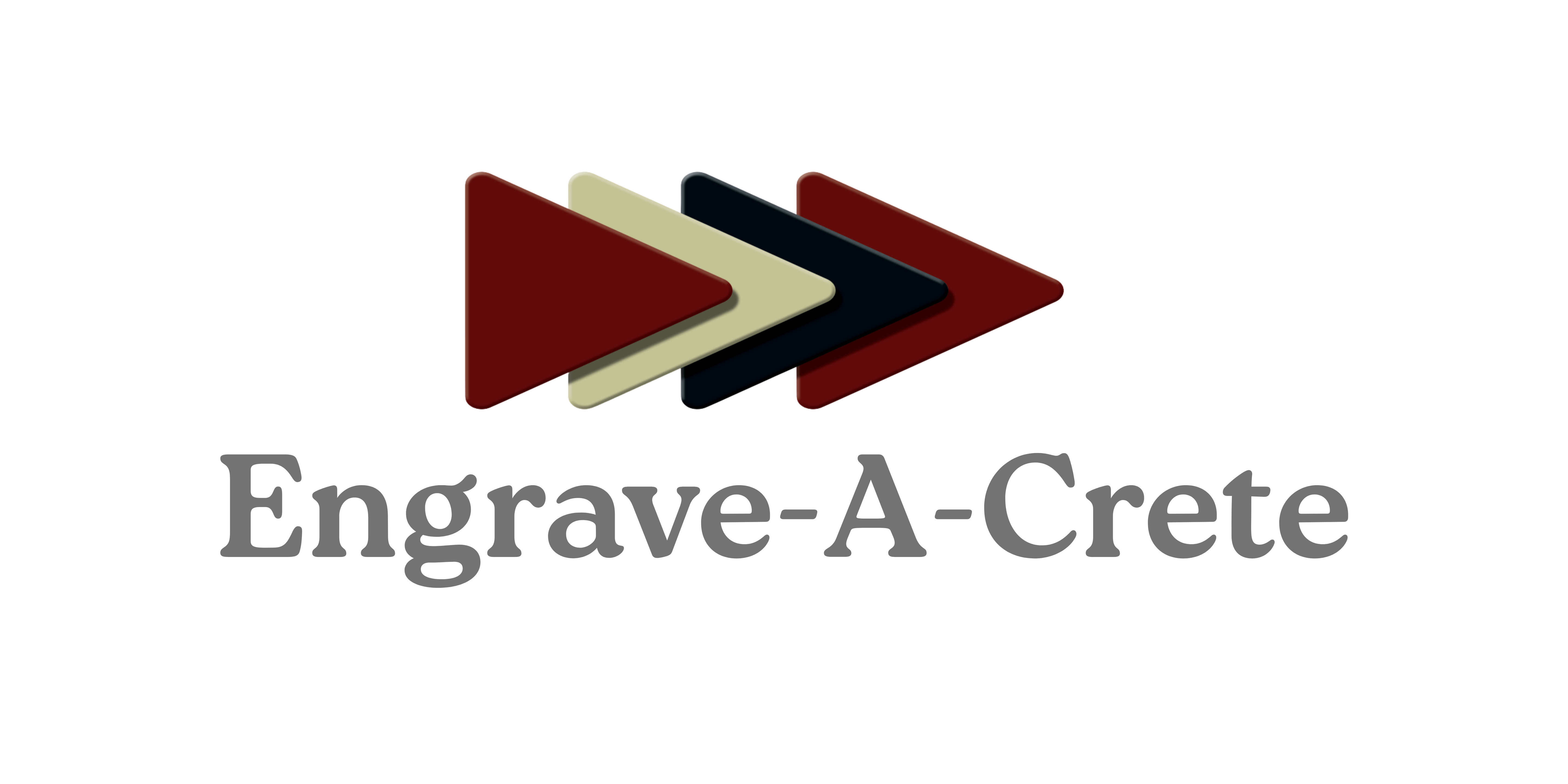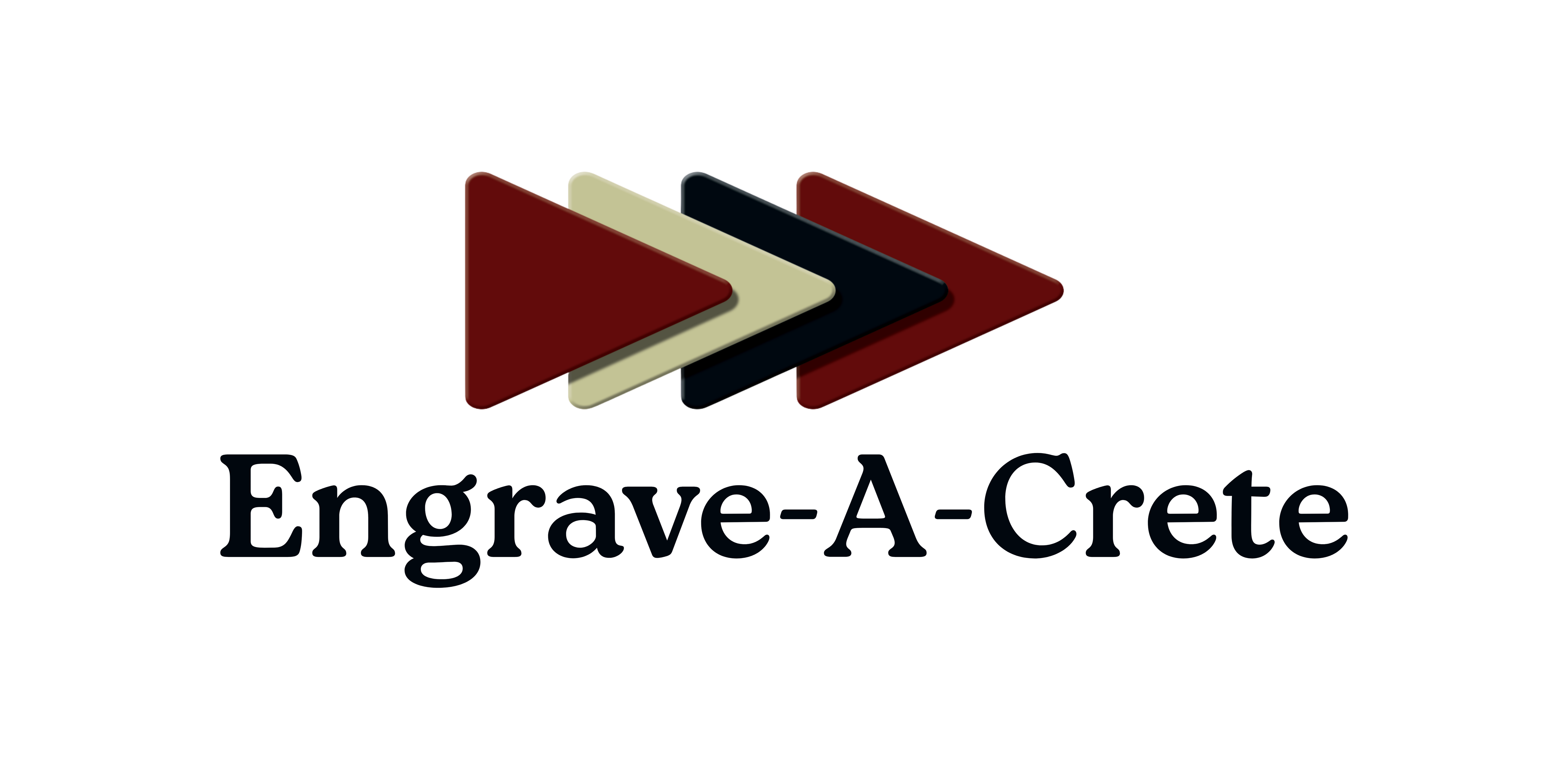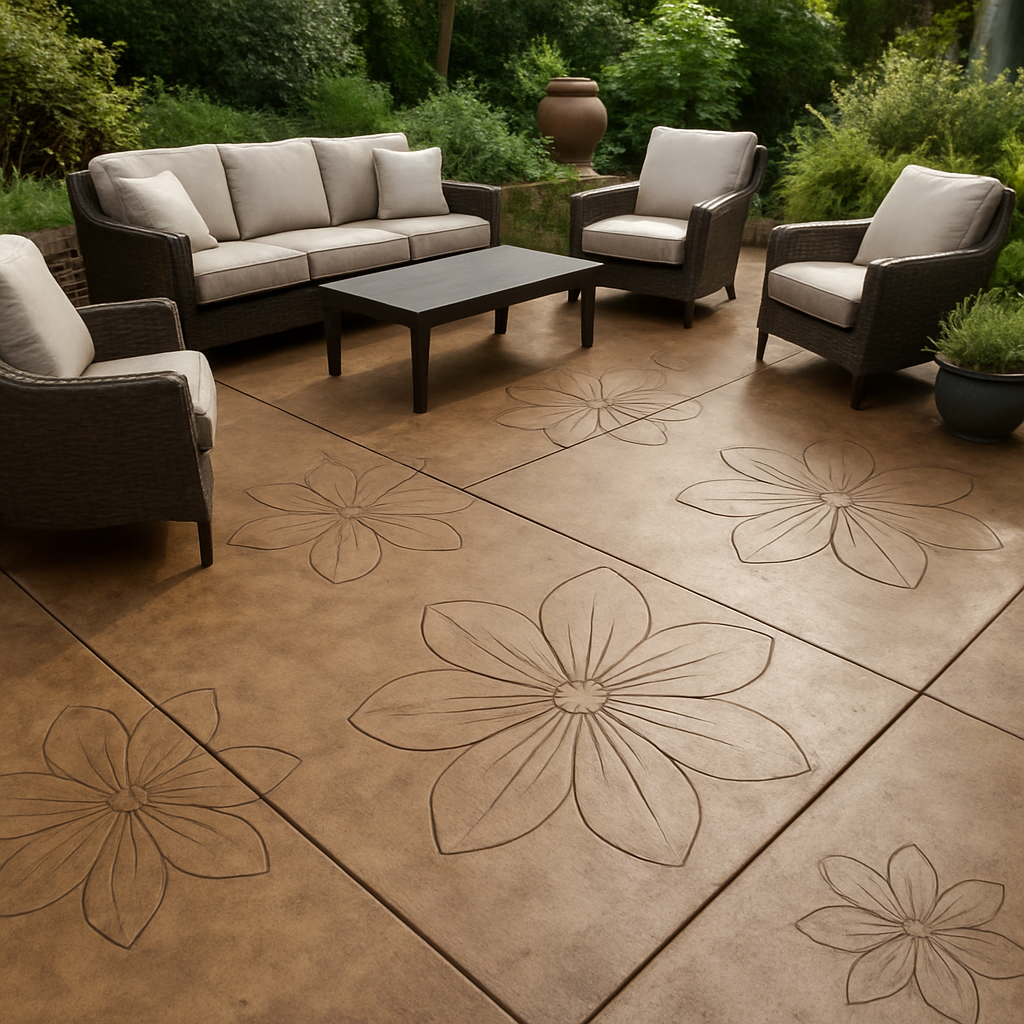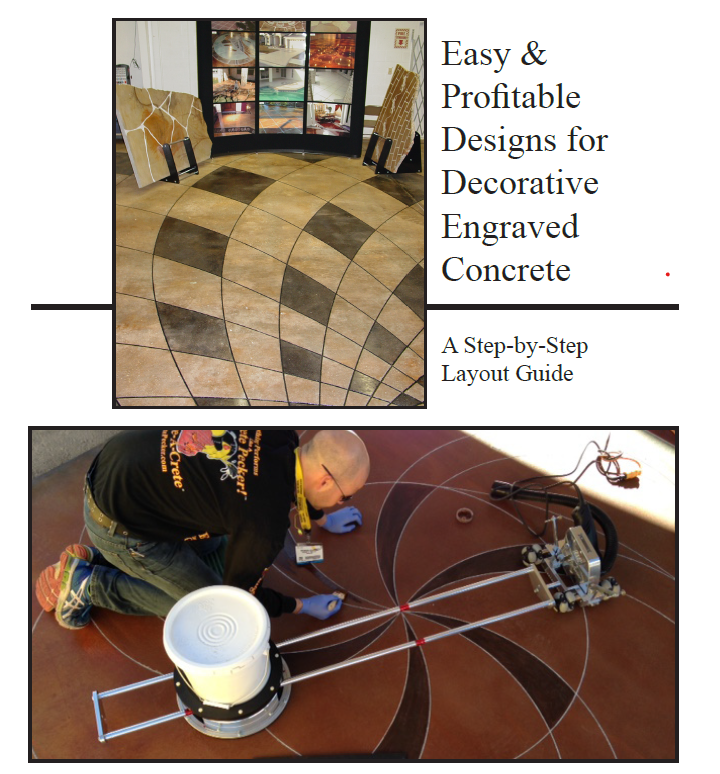
The Stress of Laying Out Designs Is Real—Here’s How Our FREE Manual Makes It Easier
Most concrete surfaces end up plain and forgettable. You know your work deserves more than that—a way to stand out with unique concrete patterns that catch every eye. Using tools like the mongoose x and mongoose 3, you can bring artistic concrete ideas to life, turning ordinary slabs into stunning outdoor concrete art. This guide breaks down how to craft designs that blend creativity with precision, making your projects unforgettable. For more inspiration, check out our Artistic Pattern Layout guide.
Navigating the Stress of Layout
We understand that the layout can often feel more daunting than the cutting process itself. It requires a blend of creativity and technical precision to plan out your patterns effectively. The good news is, you're not alone in this process—we're here to help demystify the steps involved and make layout something you feel confident about tackling.
Getting Started with Artistic Concrete
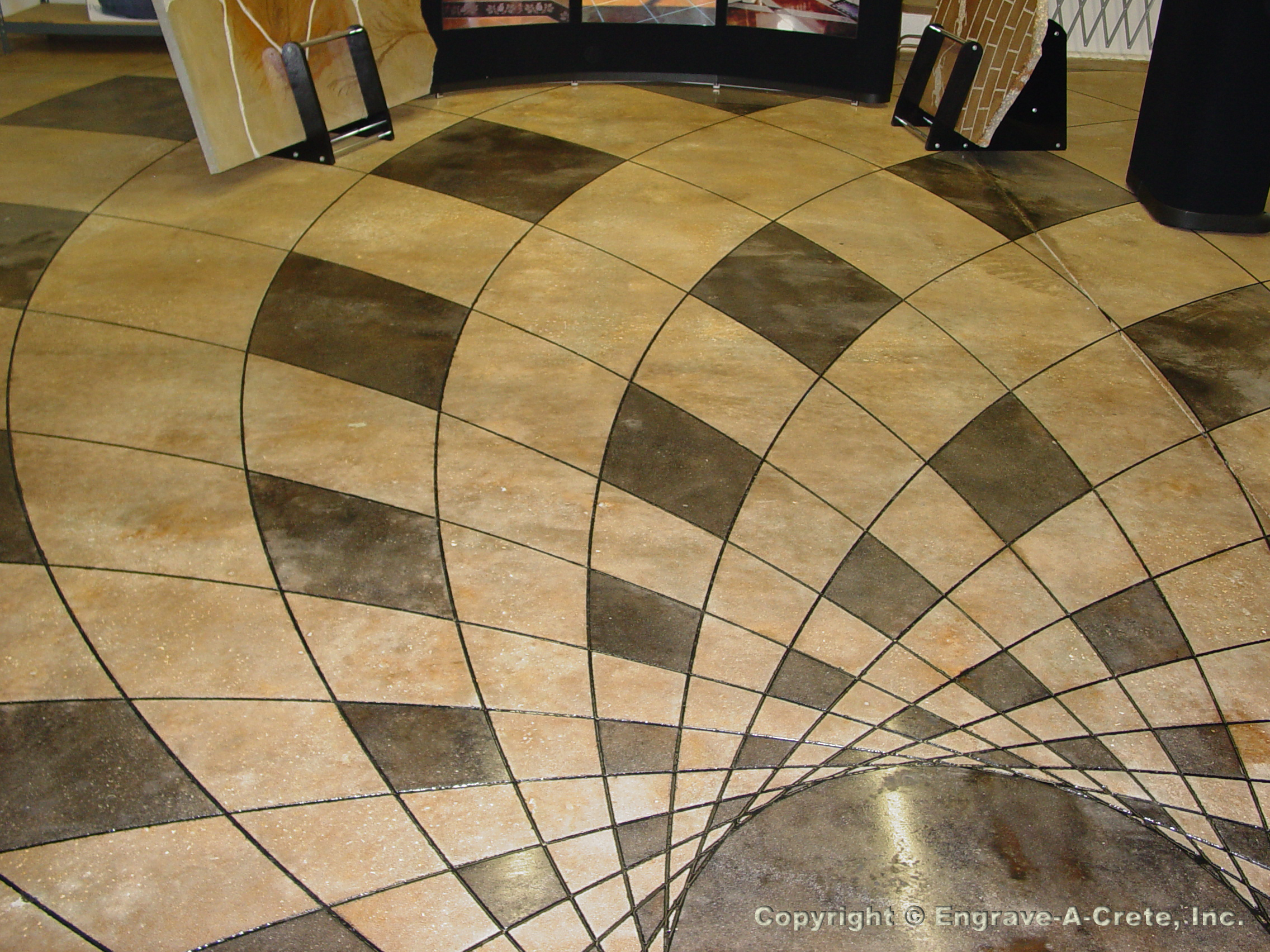
Ready to transform boring concrete into eye-catching art? Let's dive into the essentials you'll need to get started on your creative journey.
Essential Tools for Unique Patterns
To craft stunning concrete designs, you'll need the right gear. The star players? The Mongoose X and Mongoose 3. These tools are game-changers for creating precise, intricate patterns.
The Mongoose X is your go-to for straight lines, circles and free form curves. It's like a ruler on steroids, letting you map out perfect squares, triangles, and more. The Mongoose 3, on the other hand, is your curve master. It is designed for circles, tighter free form curves (even better with the spiider articulating arm attachment) and shorter straight lines.
But don't stop there. Throw in a center pivot, trammel point layout, soap stone, chalk lines and a measuring tape. These helpers make laying out your design a breeze.
Practice
Sketch out your design on paper first. Then sketch it out with soap stone on your concrete. Once you're happy with your plan, you're ready to bring it to life on your concrete canvas.
The Importance of Color Choices in Design
When it comes to creating unique concrete patterns, color is not just an afterthought—it's a pivotal element of the design process. Here’s why your choice of color matters:
-
Impact and Expression: Colors evoke emotions and can significantly alter the mood of a space. Warm colors like reds, oranges, and yellows can create an inviting and energetic ambiance, while cooler hues like blues and greens tend to be calming and refreshing. Selecting the right colors can help convey the desired atmosphere in your design.
-
Complementary Aesthetics: The colors you choose should harmonize with the surrounding environment and existing architecture. Consider the hues of nearby structures, landscaping, and even furniture to ensure your design integrates seamlessly with its surroundings.
-
Visual Guidance: Colors can help direct the eye and emphasize certain design elements. Bright or contrasting colors can highlight intricate patterns or focal points, guiding spectators to appreciate the detailed craftsmanship of your work.
-
Layered Depth: Incorporating multiple shades or tones can add depth and dimension to your patterns. Gradients and overlays can make flat surfaces appear more dynamic and textured, enhancing the visual complexity of your designs.
By carefully selecting and applying your color palette, you not only enhance the aesthetic appeal of your concrete art but also ensure that it resonates with the emotional and visual goals of your project. Whether you're aiming for subtle elegance or bold statements, the right colors can make all the difference.

The Artistic Layout Manual guides you through everything from simple tile patterns to complex geometric designs.
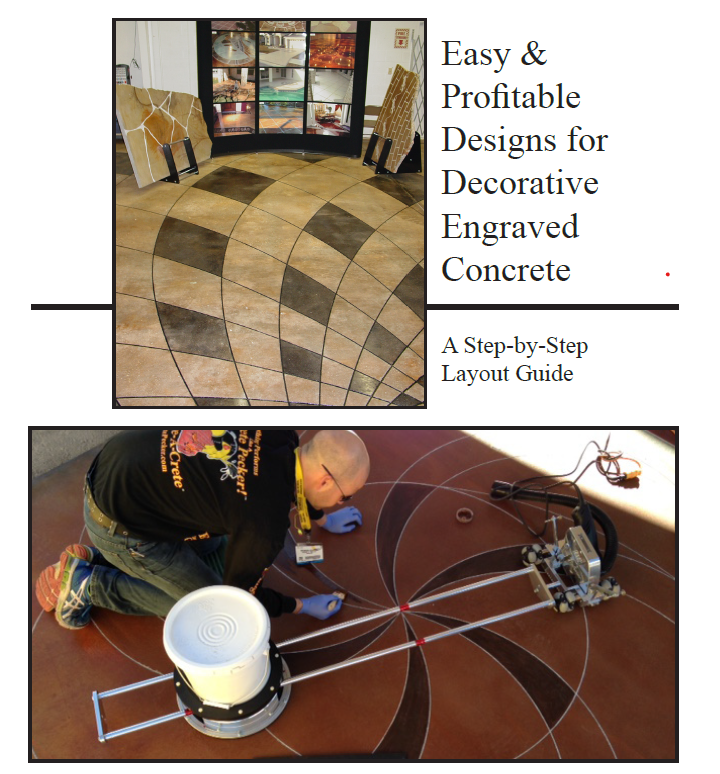
Remember, practice makes perfect. Start small, then work your way up to bigger projects. With each design, you'll get more comfortable with your tools and techniques. Before you know it, you'll be transforming any concrete surface into a breathtaking piece of art.
